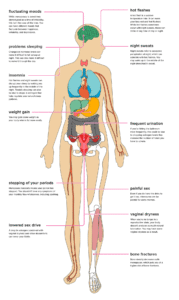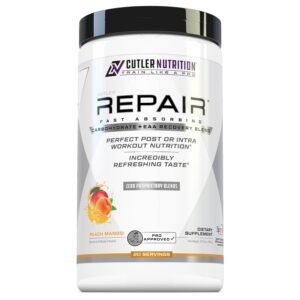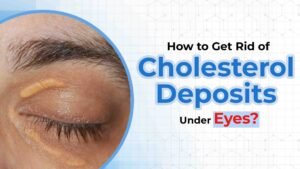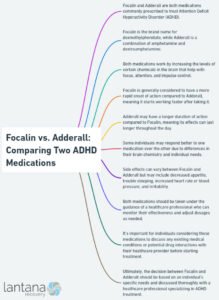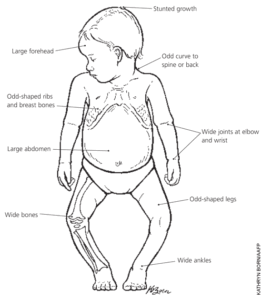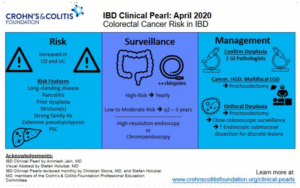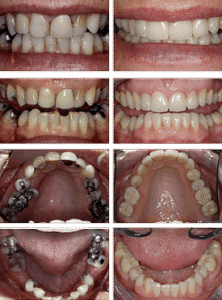Physical Therapy for Chronic Pain
Understanding Chronic Pain and Its Impact
Chronic pain, affecting over 50 million Americans, persists beyond 12 weeks, disrupting daily activities, work, and leisure. Unlike acute pain, which arises suddenly from an injury and resolves as the body heals, chronic pain lingers even after tissues recover. For instance, an injury like smashing your thumb causes immediate, identifiable pain that fades as the swelling and redness subside. Chronic pain, however, might persist in that thumb, despite no visible damage, making movement painful and limiting functionality. This complexity often leaves individuals and healthcare providers searching for effective solutions to restore normalcy.
What is Physical Therapy for Chronic Pain?
Physical therapy (PT) offers a structured approach to managing chronic pain, aiming to reduce discomfort, enhance mobility, and improve quality of life. By working with a skilled physical therapist, individuals can address pain through targeted exercises, manual techniques, and education. PT focuses on empowering patients to regain control over their bodies, helping them move with less pain and greater confidence. Unlike medications or passive treatments, PT actively involves patients in their recovery, fostering long-term relief and resilience.
How Chronic Pain Differs from Acute Pain
Acute pain is short-lived, typically resulting from a specific injury, like a sprained ankle or a cut, and resolves within weeks as the body heals. Chronic pain, conversely, persists beyond the expected healing period, often without clear tissue damage. This ongoing discomfort can stem from heightened nervous system sensitivity, making even routine movements painful. Understanding this distinction is crucial for selecting appropriate treatments, as chronic pain requires strategies that address both physical and neurological components.
Benefits of Physical Therapy for Chronic Pain
Physical therapy stands out as a versatile, evidence-based option for chronic pain management. Its benefits include:
-
Pain Reduction: Targeted exercises and techniques desensitize the nervous system, alleviating discomfort.
-
Improved Mobility: Stretching and strengthening restore flexibility and ease of movement.
-
Enhanced Strength: Building muscle supports joints and reduces strain on painful areas.
-
Better Functionality: PT equips individuals to perform daily tasks with less pain.
-
Personalized Care: Therapists tailor plans to each patient’s unique needs and goals.
By addressing the root causes of pain, PT helps patients reclaim their independence and enjoy a more active lifestyle.
What to Expect During Your First PT Session
Your initial physical therapy session involves a comprehensive evaluation to understand your pain and its impact. The therapist will:
-
Discuss Your Pain: Ask about the pain’s duration, intensity, and triggers, as well as how it affects your life.
-
Review Medical History: Explore past treatments and their outcomes to inform your care plan.
-
Assess Physical Condition: Evaluate range of motion, strength, posture, balance, and endurance through tests that may temporarily alter your pain levels.
-
Set Goals: Collaborate with you to establish achievable objectives, such as reducing pain, improving mobility, or increasing strength.
Open communication during this session ensures the therapist understands your experience, paving the way for an effective treatment plan.
Common Physical Therapy Treatments for Chronic Pain
Physical therapists employ a variety of techniques to address chronic pain, each designed to achieve specific outcomes. Common treatments include:
Exercise as a Core Component
Exercise is the cornerstone of PT for chronic pain, promoting strength, flexibility, and nervous system retraining. By engaging in controlled movements, patients reinforce that motion is safe, reducing pain perception over time. Exercises may include stretching, strength training, or low-impact aerobics, tailored to your condition.
Manual Therapy Techniques
Therapists may use hands-on methods, such as massage or joint mobilization, to improve blood flow, reduce muscle tension, and enhance mobility. These techniques provide immediate relief and complement exercise-based interventions.
Pain Neuroscience Education (PNE)
PNE educates patients about the science of pain, explaining why it persists and how the brain interprets signals. This knowledge empowers individuals to manage their pain proactively, reducing fear and improving outcomes.
Modalities for Symptom Relief
While less effective for long-term chronic pain management, modalities like heat, ice, or transcutaneous electrical nerve stimulation (TENS) may be used to provide temporary relief. These are typically adjuncts to active treatments like exercise.
Dry Needling
This technique involves inserting fine needles into muscle knots to release tension and alleviate pain. It’s particularly useful for targeting specific trigger points that contribute to chronic discomfort.
Tailoring Your Treatment Plan
Every chronic pain journey is unique, requiring a customized approach. Your therapist will adjust treatments based on your progress, preferences, and response to interventions. Some methods, like ultrasound, lack strong evidence for chronic pain and may be used sparingly. Discussing each treatment’s purpose with your therapist ensures clarity and alignment with your goals.
Taking Control of Your Chronic Pain
Physical therapy offers a proactive path to managing chronic pain, combining exercise, education, and targeted techniques to restore function and reduce discomfort. By working closely with a physical therapist, you can develop strategies to move confidently, minimize pain, and reclaim your life. Start your journey by consulting a licensed physical therapist to explore how PT can transform your daily experience.
💡 Frequently Asked Questions
Therefore what does bodily procedure for serious agony visual appearance and truly feel which includes, and what can your self be expecting towards PT for persistent soreness?
Answer coming soon. We are working on detailed responses to this common question.
Verywell / Brianna Gilmartin What Is Persistent Suffering?
Answer coming soon. We are working on detailed responses to this common question.
Why is the suffering permanent very long following the tissues are treated?
Answer coming soon. We are working on detailed responses to this common question.
Why are prescription drugs not productive in just managing your soreness?
Answer coming soon. We are working on detailed responses to this common question.
Is there nearly anything truly completely wrong?
Answer coming soon. We are working on detailed responses to this common question.
Is your agony Give continuously or intermittently, and how does it influence your existence?
Answer coming soon. We are working on detailed responses to this common question.
What generates it greater or even worse?
Answer coming soon. We are working on detailed responses to this common question.
Does this suggest that they will not be prosperous for oneself?
Answer coming soon. We are working on detailed responses to this common question.
⭐ Expert Tips
- Include seasonal or trendy variations to keep your meals exciting.
- Highlight prep shortcuts or time-saving techniques for busy cooks.
- Consider dietary restrictions and include substitution suggestions.
✅ Key Takeaways
- These dinner ideas are perfect for impressing guests or enjoying special occasions.
- Choose recipes that match your skill level and available kitchen tools.
- Presentation and taste both contribute to a memorable dining experience.
📣 Join Our Community
Want more inspiration like this? Subscribe to our newsletter for weekly dinner ideas and cooking tips!
